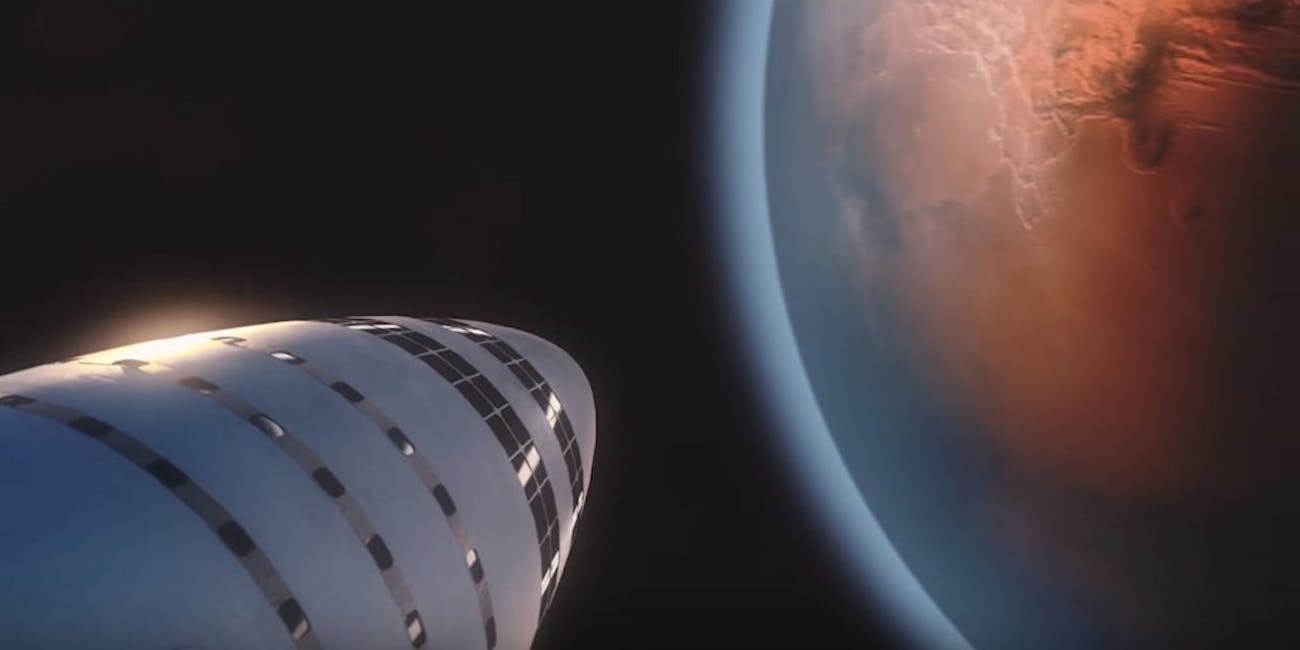Since 2000, several landmark results in quantum information have catapulted the field to one of the most exciting in science. From the demonstration of Shor’s factorisation algorithm that threatens the long-term security of public-key cryptography, to the teleportation of super-position states, the demonstration of error-correcting codes and the development of topologically protected qubits, our ability to control the quantum world is ever increasing. Matched by elegant experiments to test the fundamentals of quantum physics, such as the recent demonstration of the loop-hole free violation of Bell’s inequality,1,2 these exciting achievements are all emerging just at the time when information technology is beginning to enter the quantum regime.
For over 50 years, information technology, the ability to store, retrieve, transmit and manipulate data, has been driven by the industrial returns on maintaining Moore’s law leading to both the decreasing size and cost of electronic devices. Our ability to transmit data through communication networks has required transmitters, receivers and communication channels that send messages to one another at greater and greater speed and higher bandwidth. As computing and communication technologies converge at the nanoscale, new opportunities have arisen in quantum information where information can now be held in the state of a quantum system.
In particular there are two unique but interrelated technologies that are drawing a great deal of attention: quantum cryptography (the ability to send information in quantum states making it completely secure against eavesdroppers) and quantum computation (the ability to markedly speed up certain mathematical problems). These technologies present enormous promise both for fundamental enquiry and for future application. But to get them to work in practice, we must get better at harnessing the distinct quantum properties of uncertainty, interference and entanglement, all of which continue to present exceedingly difficult challenges requiring expertise across a remarkable range of disciplines.
For example, quantum states are known to be fragile so gaining control of these systems at the single quantum level whilst supressing unwanted interactions with the environment causing decoherence, has been a major milestone of the past decade. Yet to build larger composite systems of atoms, photon and ions while maintaining complete quantum control of these individual particles remains an immense challenge—one that will require continual advances in materials engineering, system integration, quantum feedback control, architecture design and algorithm development, along with new theoretical concepts about novel quantum states.
Opportunities likewise are emerging in hybrid systems that combine two or more different physical systems, with the goal of harnessing the advantages and strengths of each. This has led to an explosion of experiments at the interface between different sub-disciplines of physics to consider interactions between distinct quantum systems in optics, mechanical, electronic and superconducting states to combine the advantages of spins, flux and photons.3
This trend looks set to continue as it is becoming clear that the two fields of quantum computation and quantum communication will merge in time, as important advantages arise from connecting quantum systems together to form quantum networks. Quantum networks not only have access to an exponentially larger state space but also provide a potentially powerful means to overcome size scaling and error correction problems. With large national and international efforts to build complete systems this field is also highly interdisciplinary with interactions between computer scientists, physicists, engineers, mathematicians, materials scientist, chemists and statisticians.
It is at these intersections that new technologies will open up and future industries will emerge. Indeed, there are some interesting developments already in this regard. Although still conducted predominantly at the level of fundamental research, the field of quantum information is already attracting interest from commercial companies owing to the transformational potential of the technology. With investments from companies such as Microsoft, Google, Intel and many others, the field is moving rapidly. Altogether, these evolving events and increased public investment in this area of physics, are markedly increasing the complexity, quantity and quality of the experiments and theories being developed.
Given the excitement and the diverse interests that have emerged in this domain a high-quality forum is needed for researchers to present their latest developments and to promote new research capabilities. This new journal, npj Quantum Information aims to publish the most exciting, cutting-edge research findings in this rapidly evolving field. The research covered will span quantum computing, quantum communications, quantum cryptography, quantum control, quantum metrology and quantum information theory including quantum networks, architectures and algorithms.
It aims to capture not only the fundamental developments in quantum physics but also the challenges at its boundaries of implementation. These challenges include, for example, engineering systems for scale up towards practical devices, interfacing with classical control systems and the development of novel architectures and algorithms. Altogether, both the fundamental and applied fields of quantum information are dynamic and vital, and of critical importance to our understanding of the universe and our ability to create transformative new technologies.
The inaugural selection of articles gives a snapshot of the breadth of npj Quantum Information. In future, I encourage people to submit both original articles and reviews to our stringently peer-reviewed platform. We are dedicated to publishing the most important scientific advances in quantum information to a diverse readership. We have a great editorial team, with incredible depth of expertise, who are strongly committed to the future of this field.
We also hope to set a benchmark for the quality of the work we publish. Quantum information is an extremely exciting field that promises a lot. But as Richard Feynman—a man who has frequently been credited with the birth of the field of quantum computation—once said, ‘For a successful technology, reality must take precedence over public relations, for Nature cannot be fooled.






